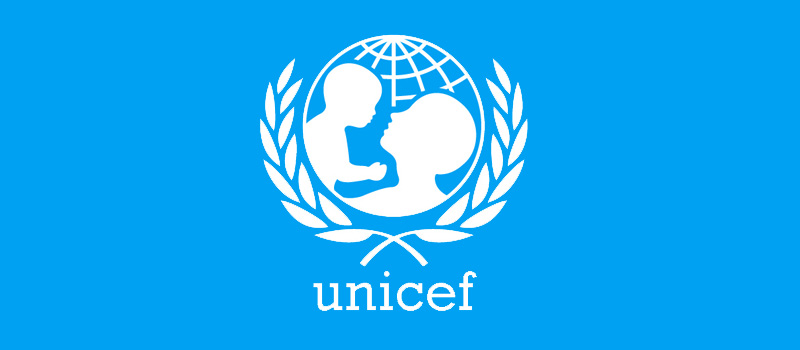Child development not on track due to pandemic: UNICEF

By A Staff Reporter
Kathmandu, Dec. 21: One out of five children between the ages of 2 to 4 years in Nepal is not developing on track amidst the COVID-19 pandemic, according to the new data of UNICEF. The pandemic has especially affected the health, learning and psychosocial well-being of the children.
The Early Childhood Development Index (ECDI) survey conducted in August showed that children from lower income families, living in rural areas, with caregivers with no or low levels of education, and not attending early childhood education (ECE) programmes were at higher risk of being developmentally off track.
Even among children who attended ECE, those who attended government ECE were at higher risk of being developmentally off track compared to those who attended private programmes, according to the report.
ECDI survey is a phone-based survey conducted among nationally representative sample of 2,853 households with children to understand the development needs and status of young children aged 2 to 4 years.
According to the UNICEF, early stimulation activities with caregivers like reading books, telling stories, singing songs, going outside, naming objects, counting, or drawing things were found to be important for young children’s development and learning.
However, the data alarmingly revealed a plunge in parental engagement compared to pre-pandemic conditions. Under the dynamic situation and especially in the time when people’s lives were affected by loosening of the prohibitory orders in August 2021, only 31 per cent of children received early stimulation at home by family members compared to 73 per cent in 2019.
With follow up survey in October, it was found that mothers’ engagement improved over time as they got over the hectic time of returning to the normal from the strict prohibitory order. However, fathers’ engagement remained low (6 per cent), maintaining a frequent social norm of fathers’ reduced involvement in parenting.
Half of the surveyed children were found to be enrolled in pre-primary level. However, during school closure, 34 per cent of children did not engage in learning through alternative learning modalities at all.
Most of the children accessed home tuition, while alternative learning modalities specified by the government’s Emergency Action Plan including, online class, mobile teacher, radio, TV, tele-teaching were underused. Low-tech solutions, such as educational radio and TV and tele-teaching were almost unused, shows the report.
According to the UNICEF, high-tech solutions like online class were used almost exclusively among children who attended private ECE. Underused low-tech solutions and unequal access to high-tech solutions might have contributed to the developmental gap observed between children who attended private ECE and other children.
Recent News

Do not make expressions casting dout on election: EC
14 Apr, 2022
CM Bhatta says may New Year 2079 BS inspire positive thinking
14 Apr, 2022
Three new cases, 44 recoveries in 24 hours
14 Apr, 2022
689 climbers of 84 teams so far acquire permits for climbing various peaks this spring season
14 Apr, 2022
How the rising cost of living crisis is impacting Nepal
14 Apr, 2022
US military confirms an interstellar meteor collided with Earth
14 Apr, 2022
Valneva Covid vaccine approved for use in UK
14 Apr, 2022
Chair Prachanda highlights need of unity among Maoist, Communist forces
14 Apr, 2022
Ranbir Kapoor and Alia Bhatt: Bollywood toasts star couple on wedding
14 Apr, 2022
President Bhandari confers decorations (Photo Feature)
14 Apr, 2022











